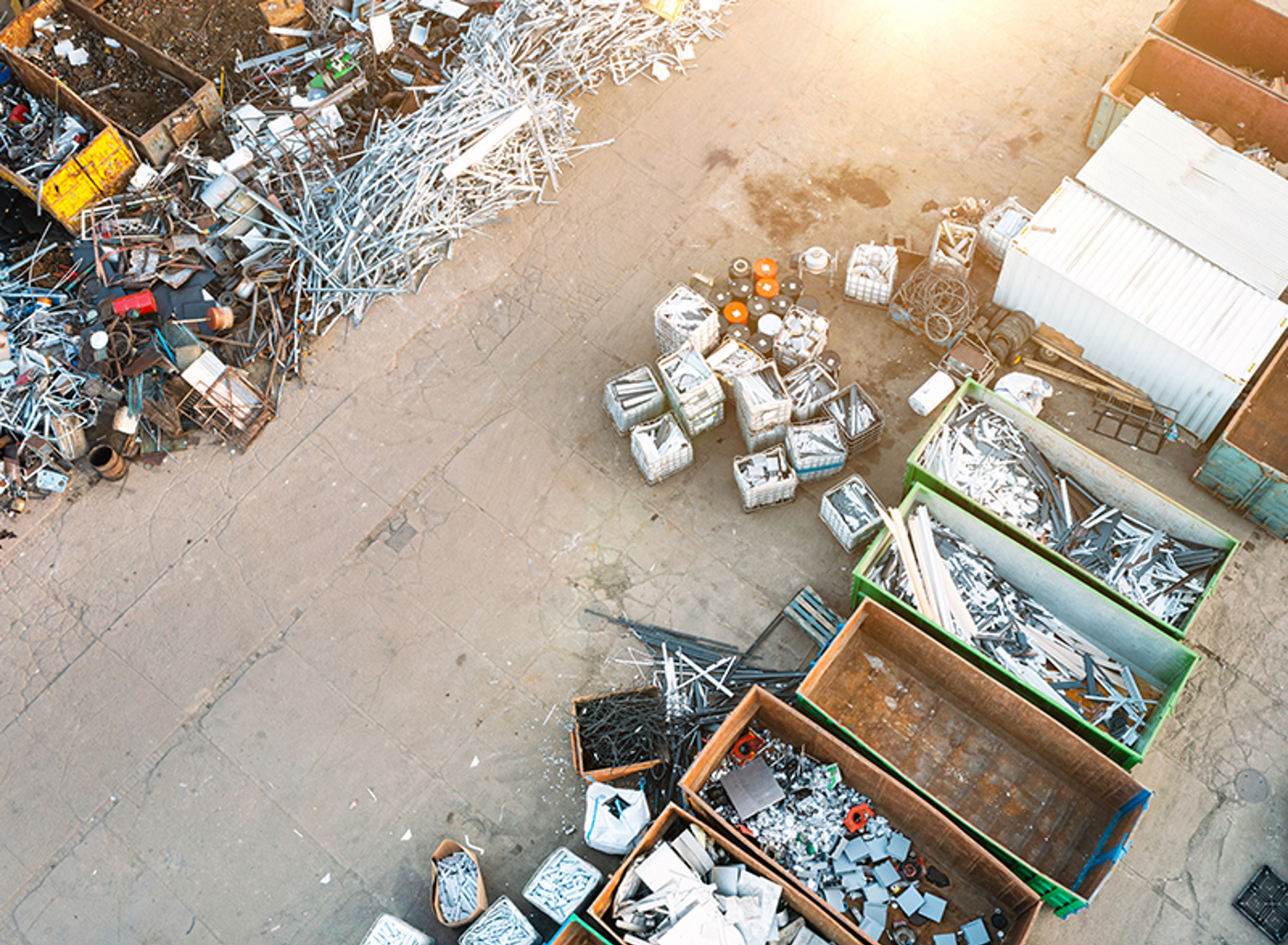Wasting away? How construction is curbing its landfill load. Sustainability in the Construction Sector Part 1
With the construction sector contributing heavily to the nation’s waste heading to landfill, what is being done to make a change?
![]()

WHAT YOU NEED TO KNOW:
- Waste Disposal Levy changes rose from 1 July
- Increased focus on minimising plastic waste in construction industry
- Waste management plans a requirement to categorise construction waste
- Leading manufacturers shift towards circular economy practices
- AI powered tools increasingly accessible to improve waste management
- Combined regulation, economic incentive and market demand driving real change
Economic incentives and regulatory pressures continue to drive change in the New Zealand construction industry’s waste management practices. With construction-related activity generating up to 50% of this country’s total landfill waste, businesses are increasingly embracing further waste reduction strategies to save both costs and the environment.
This year, changes to New Zealand’s building regulations will require waste management plans to be provided for the construction and demolition of buildings. The updated regulations, part of the Building Act 2004, will require construction and demolition projects to have comprehensive waste management plans in place.
The scale of the challenge
The substantial environmental footprint of approximately half of all waste entering the country's landfills coming from construction prompted regulatory intervention and industry-led initiatives to reduce this impact.
The waste levy system, introduced to create significant financial incentives for waste reduction, is set to further ramp up over the coming years as a deterrent to sending waste to landfill. Changes came into effect as of 1 July, with the Waste Disposal Levy rising from $60 to $65 per tonne for municipal landfill (class 1) and from $30 to $35 per tonne for construction and demolition fill (class 2). Classes 3 and 4 (managed or controlled fill) rose from $10 to $15 per tonne. Class 2 levies are due to reach $45 per tonne by July 2027.
These escalating costs are inevitably reshaping how construction companies approach waste management, making waste reduction not just an environmental effort but also clear business sense.
Plastic waste takes precedence
One of the most significant recent developments in sustainability in the Kiwi construction sector has been its focus on plastic waste management. The industry's extensive use of soft plastic packaging, including timber covers and protective materials, has come under scrutiny and sweeping changes to switch out plastics for environmentally friendlier materials continue apace.
This year, New Zealand's construction industry is seeing an increased regulatory focus on plastic waste. The government is implementing requirements for waste management plans in building construction and demolition projects, as outlined in the Building Act 2004 and 2009. This will mean identifying and categorising construction and demolition waste, including plastics. Additionally, the Ministry for the Environment's New Zealand Waste and Resource Efficiency Strategy, released in March this year, further defines priorities for reducing waste and improving management practices, including those related to plastic waste from construction.
And this is part of a wider shift in the construction sector's adoption of circular economy principles, away from the traditional linear ‘take-make-dispose' mindset. Industry leaders are increasingly recognising that circular waste economies offer environmental benefits, significant cost savings and reputational benefits among clients and competitors.
How Knauf is contributing positively
Among the leading manufacturers showing the way in its shift towards circular practices is insulation supplier, Knauf. Its sustainable glasswool insulation is made with up to 80% recycled glass, obtained from sources in this region, which helps to redirect more of the material from landfill. In its Asia-Pacific manufacturing facility, Knauf’s state-of-the-art melter works with a wide range of recycled glass, further supporting waste reduction.
“We aim to be innovation leaders, constantly pushing the boundaries of glasswool technology,” says Knauf’s Sarah Leal. “Factors like recycled glass content and recyclable packaging make our products and practices as circular as possible. Our glasswool insulation is also pre-cut to standard joist widths, to minimise offcuts and material waste on-site.”
The company is also working to strict sustainability targets across its business, in the short, medium and long-term, as part of its strategy ‘For A Better World’. As part of this, it has set ambitious goals, including achieving zero waste to landfill and a 50% reduction in carbon emissions by 2032. It is also reducing its water use by 2% annually.
Technology and innovation
The sector is witnessing significant technological innovation in waste management and sustainability measurement. Advanced sorting technologies, digital waste tracking systems, and AI-powered material optimisation tools are becoming increasingly accessible to construction companies.
Building Information Modelling (BIM) systems are being enhanced with sustainability modules that enable real-time tracking of material usage and waste generation. These technological advances are making it easier for companies to identify waste reduction opportunities and measure their environmental performance accurately.
Auckland Council's goal to achieve zero waste by 2040, for example, involves completely eliminating waste products sent to landfills, requiring fundamental changes in how construction projects are planned and delivered. Companies operating in regions with aggressive waste reduction targets are likely to develop competitive advantages in this area as a result.
Looking ahead
The New Zealand construction sector's sustainability path is entering a critical phase where regulatory requirements, economic incentives, and market demands are creating huge need and opportunity for change. Achieving significant, lasting waste reduction will depend on continued innovation, industry collaboration, and commitment to practical implementation of sustainable waste management practices.
Creating a truly sustainable construction industry requires continued efforts from all involved; from individual tradies to large construction companies, regulatory and industry bodies, and clients who ultimately drive demand for sustainable building practices.
For more information, see:
Knauf Insulation - Introducing A New Vision of Sustainability